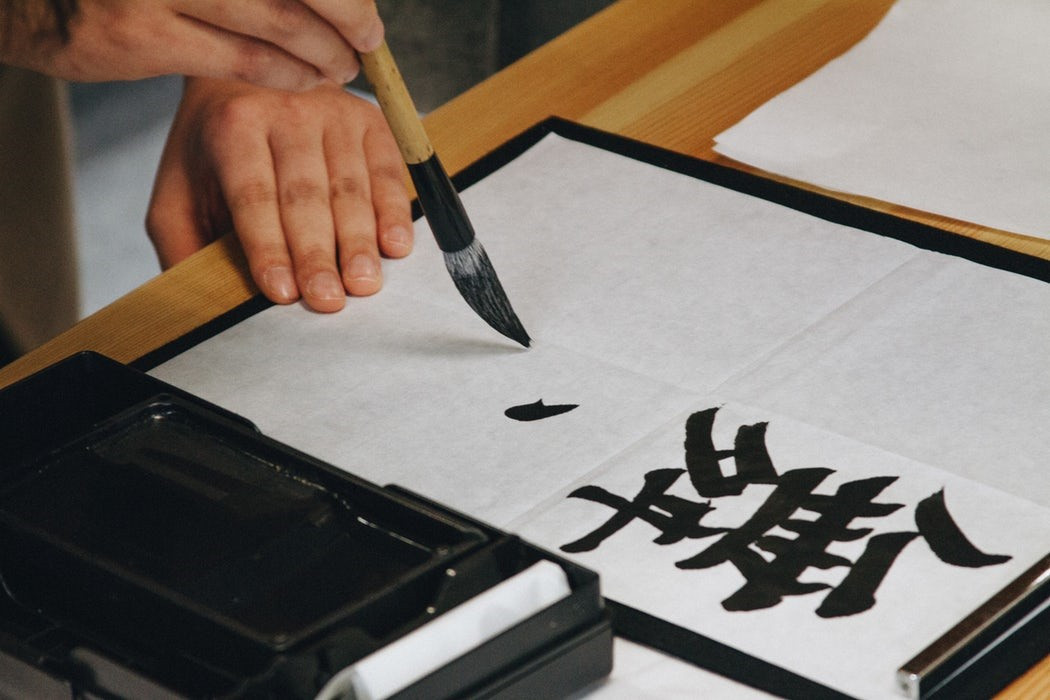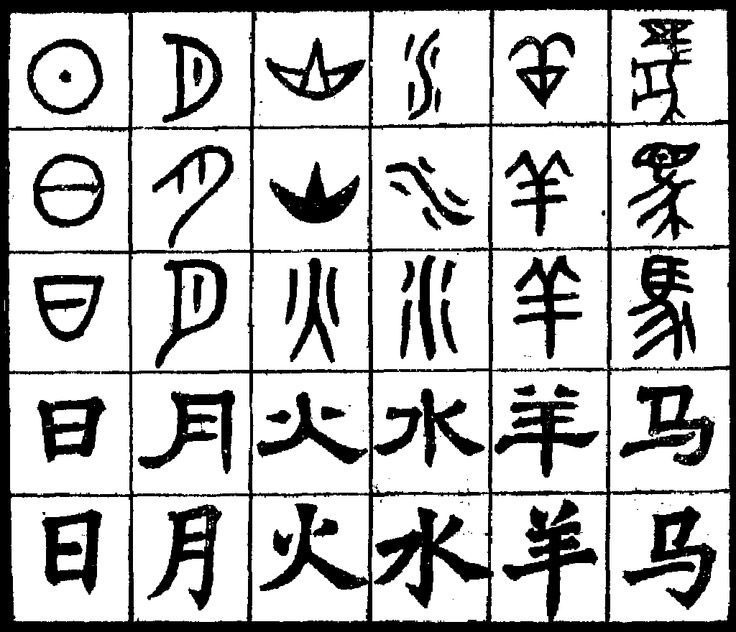Guest Blog: 7 Things You Might Not Know About the Chinese Language
Many think that the Chinese language is one of the most difficult to learn. But the difficulty is relative. It depends on how much you want to learn Chinese and the methods you use for learning it. Many language schools provide formal lessons and several learning tools are available online. You just have to find the right mix of learning aids to help you along. Chinese is an old language that is teeming with interesting facts, many of which you might not know.
Click edit button to change this text.
Not an Ordinary Language
Chinese is an ancient language that has been around for several centuries. The earliest written form of Chinese was found on turtle shells and old bones, known as the Oracle Bones that were estimated to have come from the Shang Dynasty, the earliest ruling dynasty on record, which existed from 1600 to 1046 BCE. The inscriptions foretold the outcome of events in the future, such as weather predictions, good or bad harvest or which particular war the king at that time would likely win.
The language has many variants and regional dialects, some of which are mutually unintelligible between speakers. The written language, however, varies only slightly and thus comprehensible among all Chinese speakers. It’s been known that overall, the language has about 50,000 distinct characters. A modern Chinese dictionary often only includes 20,000 characters. An educated person is likely to know around 8,000 characters while an ordinary person has to know about 2,000 to 3,000 characters to be able to read a Chinese newspaper.
These facts already show how fascinating the Chinese language is. It has so many features and interesting facts and knowing them will broaden your knowledge not only about the language but also the uniqueness of Chinese culture and traditions.
Here are more facts about the language that is spoken by 1.309 billion people living in 39 countries, representing 20% of the total number of countries worldwide.
1. Chinese is Diverse
It is important to note here that spoken Chinese is not just one language. It is composed of several dialects classified under Putonghua or the Modern Standard Chinese. Geography is one of the main reasons for the diversity of the Chinese language, considering the vastness of China. The spoken language is divided into five dialectical divisions, namely, Mandarin, Yue, Hakka, Wu, and Min.
Mandarin is the most widely spoken, followed by Cantonese. Many people think that Chinese is the same as Mandarin, which is only one of the hundreds of dialects spoken around China and in Chinese diasporas around the world. But why is Mandarin (Chinese) called as such? In English, “Mandarin” means a Chinese empire’s official. It came from the word ”mandarim” (Portuguese) that originated from ”menteri,” which is a term from Malay. The origin of the Malay word was ”mantrin,” a Sanskrit term for ”counselor” or ”minister.”
Thus, when requesting Chinese translation services, it is vital to specify which Chinese language variety you require.
2. Chinese Calligraphy is Considered an Art Form
For thousands of years, it has been a vital part of Chinese culture to write the Chinese characters beautifully. In fact, Chinese calligraphy is one of classical Chinese arts’ most illustrious branches.
Traditionally, Chinese calligraphy has five forms: Official Script, Seal Characters, Formal Script, Cursive Hand and Running Script. Some dynasties have calligraphers that became famous. The Song dynasty had Mi Fu and Huang Tingjian. The Tang dynasty had Liu Gongquan and Yan Zhenqing, while the Eastern Jin dynasty had Wang Xizhi. Their works command excellent prices at auctions. Even today, offices and homes are often decorated with Chinese calligraphy, leading to an increase in demand.

3. Written Chinese is the Sole Representative of Modern Pictographic Language

The last time Egyptian hieroglyphs were created was in 5th century AD, which leaves Chinese as the only existing pictographic language in the world. Many of the Chinese characters were developed from images, developed from the ancient drawings and representations of humans, animals and nature.
4. Chinese Handwriting is Difficult to Decipher
Chinese people are known to speak at a fast speed and it is reflected in the way many of them write. Just like how Western people find it difficult to read the handwriting of doctors, the Chinese themselves have a difficult time comprehending Chinese handwriting, especially when written in a hurry.
5. Not only China uses Chinese Characters
China was involved in the history of several of its neighboring countries. Thus, Chinese characters were adopted by Japan so it could have a written form of spoken Japanese. China was also involved in Korean history since the 7th century BCE, and in Vietnam during its pre-colonial period. This means these border countries adopted the Chinese language for their own use.

6. There is a Sequence in Writing Chinese Characters
Chinese characters are written according to a fixed stroke order. Typically, the characters are written from top to bottom and left to right. There are more than 20 strokes used to write the characters and each character can have 1 up to 64 strokes. For a character that looks like a square for example, the first stroke goes downwards on the left, then a horizontal line on top (left to right), another downward stroke on the right, before closing the square with a left to right horizontal line at the bottom.
The Chinese keyboard converts the syllables into characters. The program is enabled by using Pinyin, the prescribed Romanization system used for Standard Chinese, allowing Chinese words to be spelled using the English alphabet based on how the words are pronounced.
7. Chinese Does Not Have a Definite Word for ”Yes”
Most languages have their own equivalent for the term ”yes,” such as sí (Spanish), oui (French), hai (Japanese) and ne (Korean). In Chinese, saying ”yes” is not straightforward. For example, if you ask if someone can help you, the typical answer would be can. If you ask if it is clear, the response would be clear.
You can probably hear a nasal-sounding ”en” as an informal affirmative response.
To show agreement, you can say duì or méicuò or shi, which means ”right” or ”correct.”
We hope these interesting facts have piqued your interest enough to start thinking about learning Chinese.
Want to learn more fascinating facts about Chinese? Check out our article about The Dying Art of Handwritten Chinese and 7 Ways Learning in Which Learning Chinese will Turn your World Upside Down.
Tired of just reading about learning Chinese and ready to start your China journey? Get started with us here!
About the Author
A mother of seven and a prolific writer, Bernadine Racoma is senior content writer at DayTranslations.cn. Her vast experiences working for an international organization, traveling the world and interacting with people from different cultures have enabled her to craft factual and attention-grabbing articles.